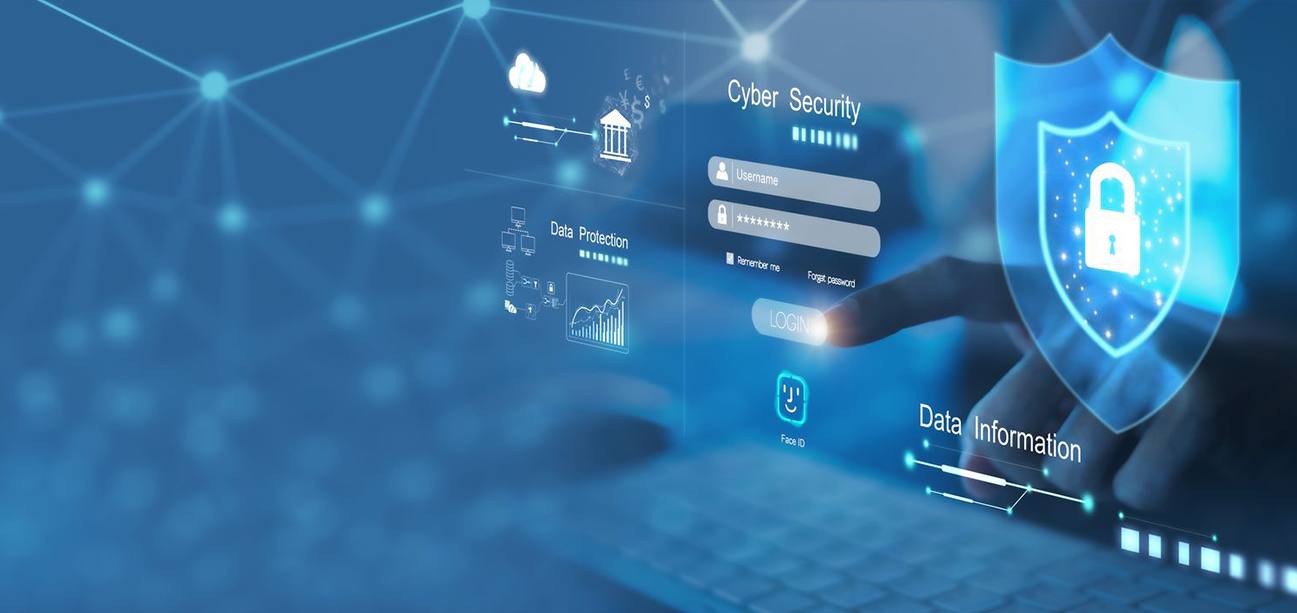
Introduction to Embedded Software And Systems
Embedded software refers to specialized computer software designed to control specific hardware devices and machines. It operates with limited memory and is tailored to run on particular hardware platforms. In order for next-generation hardware items to perform properly, embedded software is essential. It has spread over several industries in the modern day. Due to its dependability, affordability, and user-friendliness, embedded software and systems are preferred by many businesses. Expertise is needed to create high-quality embedded software, and Fictive Studios excels at offering effective, first-rate embedded software development services.
Benefits And Advantages Of Embedded Software
Power BI
Embedded software is widely adopted and trusted by numerous businesses due to its cost-effectiveness and scalability. It offers interoperable solutions that seamlessly integrate with various devices. The system is adaptable and delivers precise outcomes. By utilizing embedded software, businesses can enhance the performance of their products while adhering to the best practices and standards of software development.
GET A QUOTEEmbedded OS and BSP Development Services
Embedded OS and BSP Development involve providing support packages for custom hardware. Our experts assist in selecting the appropriate development software for hardware and applications and ensure a smooth development process. With their in-depth knowledge of operating systems and board support packages, they guide clients in making informed decisions.
Firmware Development Services
Firmware Development involves the continuous support and monitoring of hardware products and systems. Our skilled software developers prioritize the seamless implementation of the hardware system and value each device and product. With a strong understanding of hardware design and development, as well as knowledge of internal and external processors, we deliver innovative user interfaces and exceptional firmware development for applications.
Middleware & API Development Services
Middleware & API Development focuses on creating a predefined API and middleware layer to ensure portability for higher-level application code. Our scalable and reliable computer software facilitates adaptability and development, backed by expert guidance. It assists in tracking and supporting hardware networks, serving as a bridge that connects different components. With a range of backend development options, our software caters to various applications.
Device Driver Development Services
Device Driver Development is essential when surface development is required, such as for networking hardware, multimedia devices, and wearables. Our developers possess expertise in identifying the need for and incorporating custom drivers for computer hardware. Whether it's for Linux, Android, Windows, or other embedded systems, we provide top-notch Device Driver Development services.
Illuminating The Product Pathway – Product Planning
Before diving into embedded software development, a crucial step is to thoroughly understand and plan the product. Effective product planning provides clarity and ensures the software meets the intended usage requirements. As embedded software is known for its dependability, careful planning is essential prior to implementation.
Unveiling The Layers Of Perfection – Analysis
Executing development without proper analysis can lead to costly mistakes. In the analysis phase, our team meticulously examines and cross-verifies every detail. Once the analysis is approved, the design is finalized, setting the foundation for successful development.
The Symphony Of Testing And Deployment
Testing plays a vital role in ensuring the quality and appropriateness of the software. Prior to deployment, rigorous testing is conducted to identify and address any glitches or errors. Our expert team promptly resolves any issues to deliver an outstanding final product.
Nurturing The Seeds Of Excellence – Care and Maintenance
After thorough regression testing, the software moves forward to the final system. Our developers remain vigilant, providing ongoing care and maintenance to ensure optimal performance. At Fictive Studios, we are committed to delivering a development process characterized by efficiency and excellence.
Embedded Software Development Services – Unleash The Power With Fictive Studios
At Fictive Studios, we pride ourselves on being the premier choice for embedded software development. Our team of skilled experts possesses deep domain knowledge and extensive insight into the intricacies of software development. With a wealth of experience across various industries, we deliver exceptional results in embedded software development.
Cutting-edge Technology and Customized Designs
We leverage the latest technologies and offer specialized architectures and tailored designs for embedded systems. Our solutions encompass both operating and non-operating programs, ensuring comprehensive coverage. From underlying device drivers to high-level applications, we excel in full-stack development, catering to the diverse needs of our clients.
- Enhanced Transparency in Projects and Processes
- Streamlined Analysis
- Seamlessly Integrated Services
- Comprehensive Project Documentation
- Distinctive Approach
- Agile Mindset
- Food Tech
- Augmented Methodology

Building The Future One Line Of Code At A Time

Mobile App Solutions For Everyone, Everywhere
We pride ourselves on our ability to bring your unique vision to life through our cutting-edge technology and innovative solutions.
Retail, Ecommerce
Education & e-learning
Healthcare & Fitness
Logistics & Distribution
Social Networking
Real Estate
Travel & Hospitality
Food & Restaurant
On-Demand Solutions
Gaming
Partnerships We Have Built Through Our Digital Solutions
At Fictive Studios, we are proud to have partnered with over 2000 businesses, ranging from startups to enterprises, to provide industry-leading mobile app development solutions tailored to their unique business needs. Every business is different, and we are passionate about helping our clients achieve their goals through our extensive range of app development services.
Start Up Business

Small & Med Business

Enterprise

Agencies

What Our Clients Say
We possess the capability to create applications across a diverse range of genres - simply specify your requirements and we'll bring your vision to life.

Let's Build Something App-tacular Together
Join forces with Fictive Studios, the premier Mobile App Development Company in the US. With our bespoke app development solutions, watch your business soar to new heights.
GET A QUOTE
















